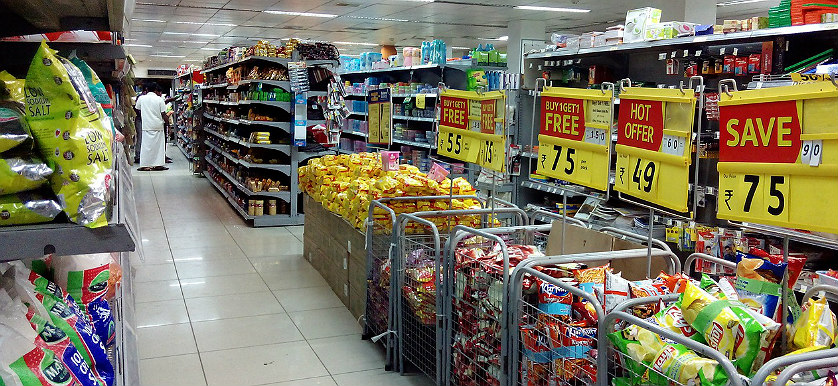KPI of the Day – Retail: # Stock rotations

Definition
Measures the number of stock rotations or changes during a specified period of time, as one of the most important rules in inventory is to sell or use the oldest inventory first.
Purpose
To assess the efficiency in stock handling, as it is important to prevent spoilage, damage, and obsolescence.
Recommendations
Stock rotations are mainly used in retail and food stores, for moving products with an earlier sell-by date to the front of a shelf, in order to be sold first and not to expire. The stock rotation frequency may also need to be considered under the national legal requirements and regulations.
Monitoring the rotation of stock is one of the most important processes for effective inventory management. If done properly, it is a suitable method for preventing stock loss due to slow-moving stock or outright expiration of products, especially in the case of perishable items such as food or certain chemicals. While stock rotation is a leading principle for all retailers, it is vital within the food and pharmaceuticals industry.
Furthermore, if certain product categories are kept in inventory for a prolonged period of time, even if their functioning capacity is preserved, they risk becoming outdated and obsolete. Depending on the alteration degree as well as on the product type, retailers have two main options.
If the product is still suitable for safe consumption or utilization, promotions and discounts might be applied in order to ensure it will be purchased, which might have a negative impact on sales and profit. If the products are expired and no longer usable, they will have to be disposed of.
In order to prevent such case scenarios and ensure optimal results for this KPI, recommendations include the following:
- Applying the FIFO method, first in – first out, whereby the first product registered in stock is the first product to be displayed at the front of the shelf;
- Closely monitoring expiration intervals of all products even when employing FIFO – newer products might have a shorter expiration date than previous ones;
- Fostering close communication between the production, warehouse, and distribution departments in order to balance customer demand, forecast sales, and ensure appropriate warehouse stock levels.
Image source:

Tags: KPI, Retail performance





